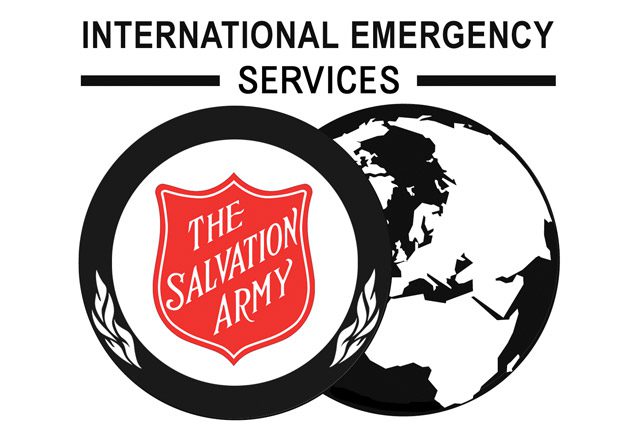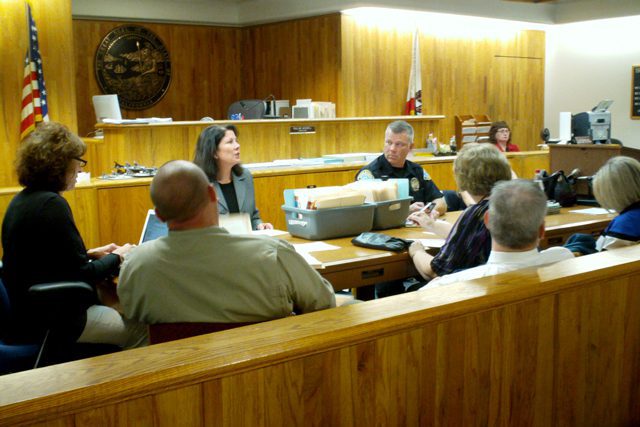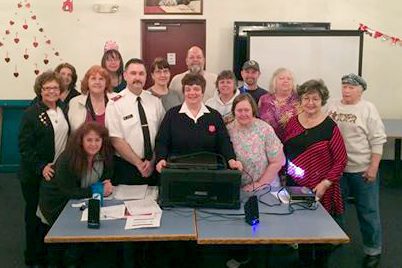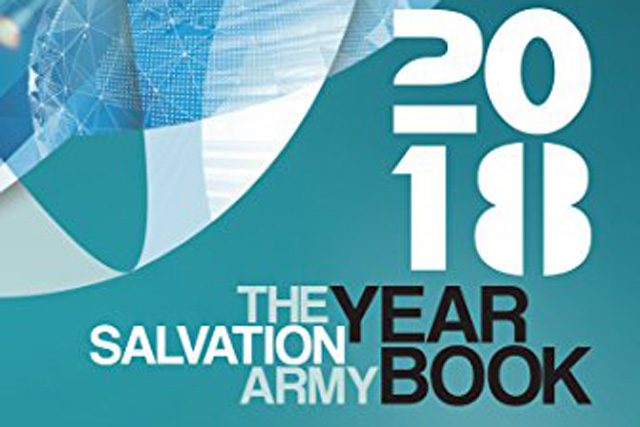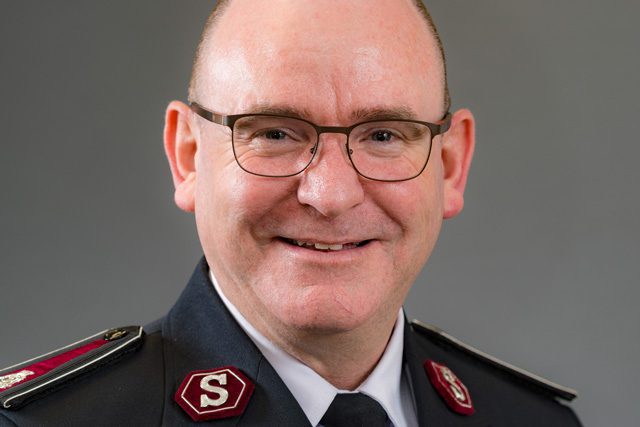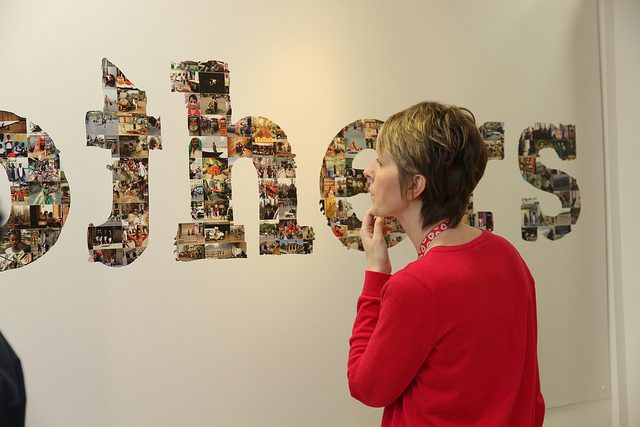Participants discuss advantages, challenges of global response
By John Berglund –
The USA Eastern Territory and International Headquarters International Emergency Services (IES) partnered for the first international disaster training of its kind on the “humanitarian imperative,” Feb. 23-27 at the Crestview Conference Center in West Nyack, N.Y.

The Salvation Army domestic and international responders rarely compare notes as their models are diverse. The field has changed so significantly that it is in the Army’s best interest to learn the best of both and create new models for a more appropriate and competitive way of working. Further, our urban communities, like New York City, have become so culturally diverse that international sensibilities must now be taught or the Army will be marginalized in the emergency management field.
The 18 participants earned selections for their technical and language skills, as well as their personal commitment to international disaster ministry. Three experienced IES trainers led the meeting, which included representatives from The Salvation Army World Service Office (SAWSO) and UPS Europe, in addition to several international volunteers who served during the 2010 Haiti earthquake, the 2011 Japanese earthquake and tsunami, and the 2012 super typhoon in the Philippines.
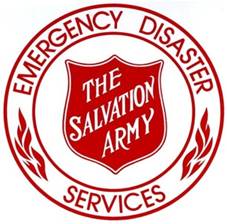 Starting with the U.N.’s Universal Declaration of Human Rights, participants explored the meaning of The Humanitarian Charter, which is comprised of several key documents relating to human rights as defined by treaties and declarations worldwide. These universal principles maintain that all humans have the right to life with dignity, the right to receive humanitarian assistance, and the right to protection and security. Participants discussed how these obligations apply to both The Salvation Army’s North America disaster relief model (Emergency Disaster Services) and its international relief model (IES) throughout the week. Emphasizing the strengths of both models, one training goal was to synthesize new ways of working in the ever changing, ever competitive world of humanitarian relief and development.
Starting with the U.N.’s Universal Declaration of Human Rights, participants explored the meaning of The Humanitarian Charter, which is comprised of several key documents relating to human rights as defined by treaties and declarations worldwide. These universal principles maintain that all humans have the right to life with dignity, the right to receive humanitarian assistance, and the right to protection and security. Participants discussed how these obligations apply to both The Salvation Army’s North America disaster relief model (Emergency Disaster Services) and its international relief model (IES) throughout the week. Emphasizing the strengths of both models, one training goal was to synthesize new ways of working in the ever changing, ever competitive world of humanitarian relief and development.
Those in attendance also examined The Sphere Project handbook, a guide to the best delivery practices for humanitarian response. Chapters describe minimum standards, key actions, key indicators, and guidance notes for life-saving relief activities, such as: water supply, sanitation, hygiene promotion, food security, nutrition; shelter, settlement, health action, and non-food item distribution. Cross-cutting themes throughout the handbook focus on specific concerns for children, gender, HIV and AIDS, the environment, older people, and persons with disabilities, in addition to addressing disaster risk reduction and psychosocial support.
Participants shared both the advantages of working in The Salvation Army’s five global zones, as well as the challenges of working in countries where The Salvation Army has no presence. They evaluated numerous global deployments to identify best practices and lessons learned. The training sessions challenged participants to confront their worldviews and consider how best to express their faith in different international contexts.

In my 15 year history with the ministry, we finally got disaster response representatives in the same room to discuss lessons learned and best practices. For all of us to gather in the same room to compare notes, swap stories and debrief was a cathartic experience with the ultimate goal of building spiritually disciplined, effective teams that can support and enhance local capacity. By emphasizing the importance of self care awareness and interpersonal skills, the participants left the training better equipped to serve, whether in their own community today or on the other side of the globe tomorrow.











